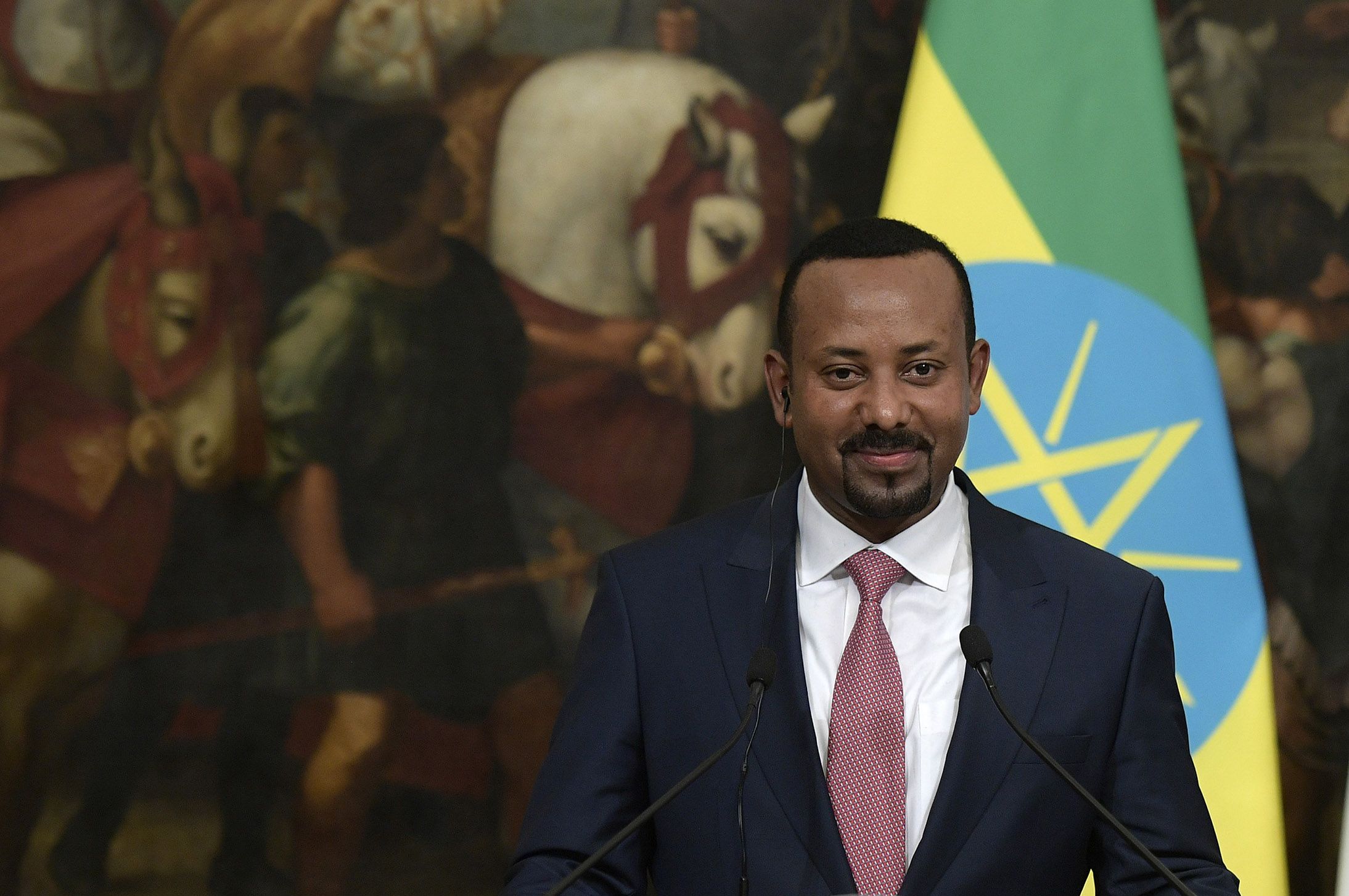New Pan-African Free-Trade Area

What would the free-trade area look like?
During the Kigali summit, the representatives of 44 states (out of the 55 in the African Union, or AU) approved the launch of a free trade area by the end of 2018. Ultimately, all African states can be part of it. The agreement ensures the free flow of goods, elimination of 90% of tariffs, and cross-border services. It could increase intra-African trade by half. Such trade now only covers about 10% of African states’ exchange, low mainly because of poor infrastructure, the structure of production in these countries (mainly unprocessed products and raw materials), protectionism, and legal obstacles. Overcoming them is necessary to create the conditions for the economic development of Africa.
Is the creation of a new free-trade area in Africa a breakthrough?
The African Continental Free Trade Agreement is the biggest single new deal liberalising trade since the 1990s. Inspired by the experience of the European Union, it remains a grassroots AU initiative. If in the past economic integration on the continent was reduced to smaller, regional, often overlapping blocs such as the East African Community, the Kigali summit brings it to a higher, continental level. It will help to coordinate existing regulations and open new chapters of integration. Thanks to the agreement, the states can negotiate harmonisation of policies related to investment, competition, and intellectual property. During the same summit, 27 states signed a protocol on the free movement of people.
What could hamper implementation of the initiative and further economic integration?
The neoliberal philosophy of the integration effort gives stronger and more industrialised states an advantage over less developed ones. Trade unions in Nigeria, one of the continent’s biggest economies, pressured the government to withhold its signature. The states also will try to protect trade in sensitive goods. The difficulties of integration within regional blocs will be multiplied at the continental level. Also, maintaining the impetus for the process depends on the personality of the rotating chair of the AU. Its current head, Paul Kagame, has pushed it forward but his successors may not prioritise it. The prospects of implementation of the agreement in its current form should be viewed with a bit of scepticism.
What does the agreement mean for EU-Africa relations?
The idea of boosting trade between African states is compatible with the EU’s approach to supporting the development potential of the continent. In addition to establishing the free-trade area, other AU initiatives, such as the programme to open borders or liberalising the aviation market in Africa, are in the same vein. While some production now designated for the EU would ultimately be redirected towards continental markets, Europe’s position as a recipient of African resources is not under threat. After the agreement’s entry into force, the EU would negotiate a trade agreement with the bloc, as it does with other regional groupings. The new reality would need to be reflected in arrangements replacing the Cotonou Agreement on the EU’s relations with Africa, the Caribbean, and Pacific states after 2020.




